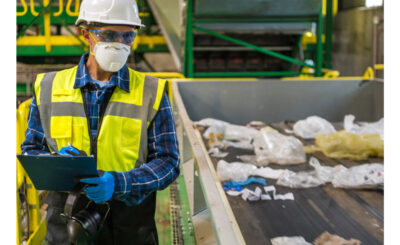The fast-paced world of building, with its huge skyscrapers and complicated infrastructures, poses health and safety dangers. Among the noise of machines and work, this issue is urgent. What happens if you ignore it, and why is it so important?
Construction Mysterium
Construction sites are dangerous by definition. Workers risk their lives in underground tunnels and scaffolding every day. Heavy machinery, poisonous materials, and unstable environmental conditions can cause a perfect storm of accidents and deaths.
Human Cost
Human cost is key. Every number hides a life lost or transformed, leaving a family to cope. Workplace deaths and injuries are still high in construction, one of the world’s riskiest industries. Additionally, the effects extend beyond immediate victims. Morale drops, productivity drops, and skilled workers depart due to illness or dissatisfaction. Disregarding health and safety costs communities and businesses a lot of lives.
Financial and Legal Effects
Besides morality, there are financial and legal consequences. To safeguard workers, governments implement tough rules and fine noncompliant corporations. Compensation claims and legal disputes can bankrupt organizations by eroding stakeholder confidence and reputations.
Also, accidents are expensive. The expense of medical care, insurance, and lost productivity affects employers and society. Health and safety proactivity is morally essential and strategically necessary for long-term profitability and sustainability. Surely from osha 10 hour construction you can get the trainings.
Brand Equity, Credibility
In this age of social media criticism and openness, reputation matters. The effects of a safety scandal can endure a lifetime. Construction businesses must be ethical and accountable to investors, clients, and customers. Health and safety commitments boost brand equity and attract top talent. However, carelessness can permanently damage reputations, resulting in missed opportunities and decreased market competitiveness.
Creative and Effective
Putting health and safety first boosts productivity and creativity, contrary to popular belief. Safety allows employees to innovate and collaborate, allowing them to streamline processes. Modern safety gear, drones, and IoT sensors are ready to alter the industry.
Safety-conscious culture drives efficiency, decreasing downtime and increasing output. Construction projects are completed on time and with good outcomes because to proactive risk management, efficient workflows, and tight quality control.
The Way Forward
Health and safety in construction are more crucial than ever for the future. Risk management must be proactive and comprehensive due to increased urbanization, technology advances, and environmental challenges. Investments in technology, education, and training will build a safety culture. Innovation, cooperation, and data-driven insights can help construction workers overcome industry difficulties.
Conclusion
The building business faces significant health and safety issues that cannot be ignored. They present a challenge and a chance to protect communities, worker dignity and well-being, and leave a magnificent legacy. As development guardians, we must adopt a building vision that prioritizes people, safety, and sustainability over haste and profit. Then and only then can we prepare for a day when every worker goes home safely and every construction site represents prosperity and progress.








